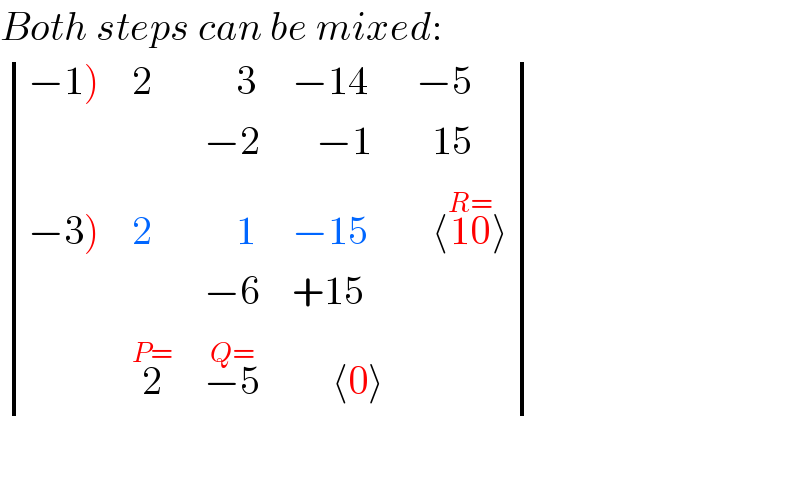Question Number 108888 by bemath last updated on 20/Aug/20

Answered by Rasheed.Sindhi last updated on 20/Aug/20

Commented by bemath last updated on 20/Aug/20

Answered by bobhans last updated on 20/Aug/20

Commented by bemath last updated on 20/Aug/20

Answered by Rasheed.Sindhi last updated on 20/Aug/20

Commented by Rasheed.Sindhi last updated on 20/Aug/20

